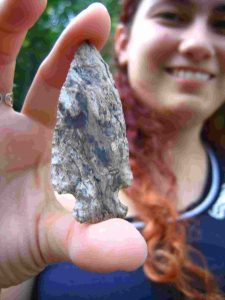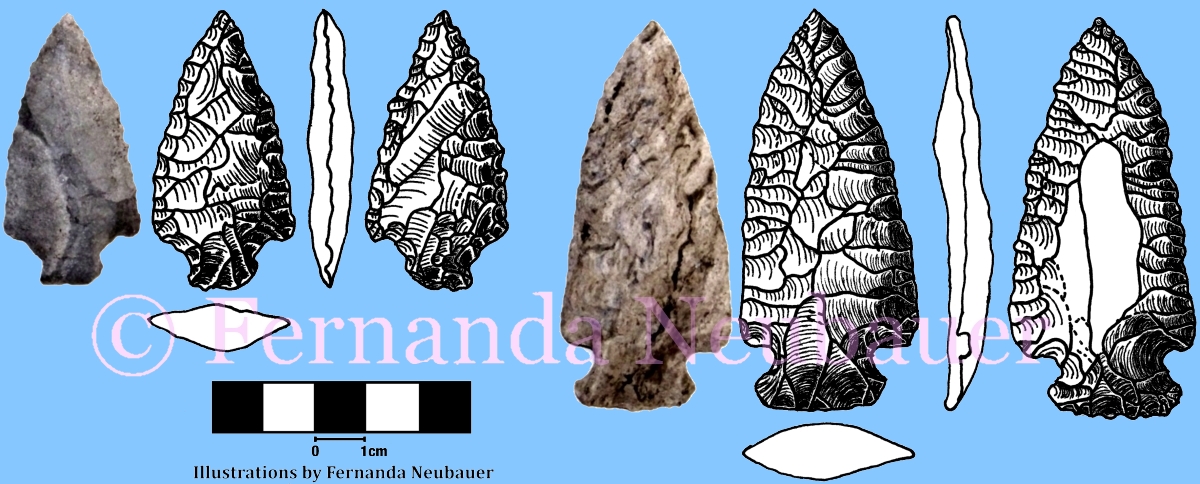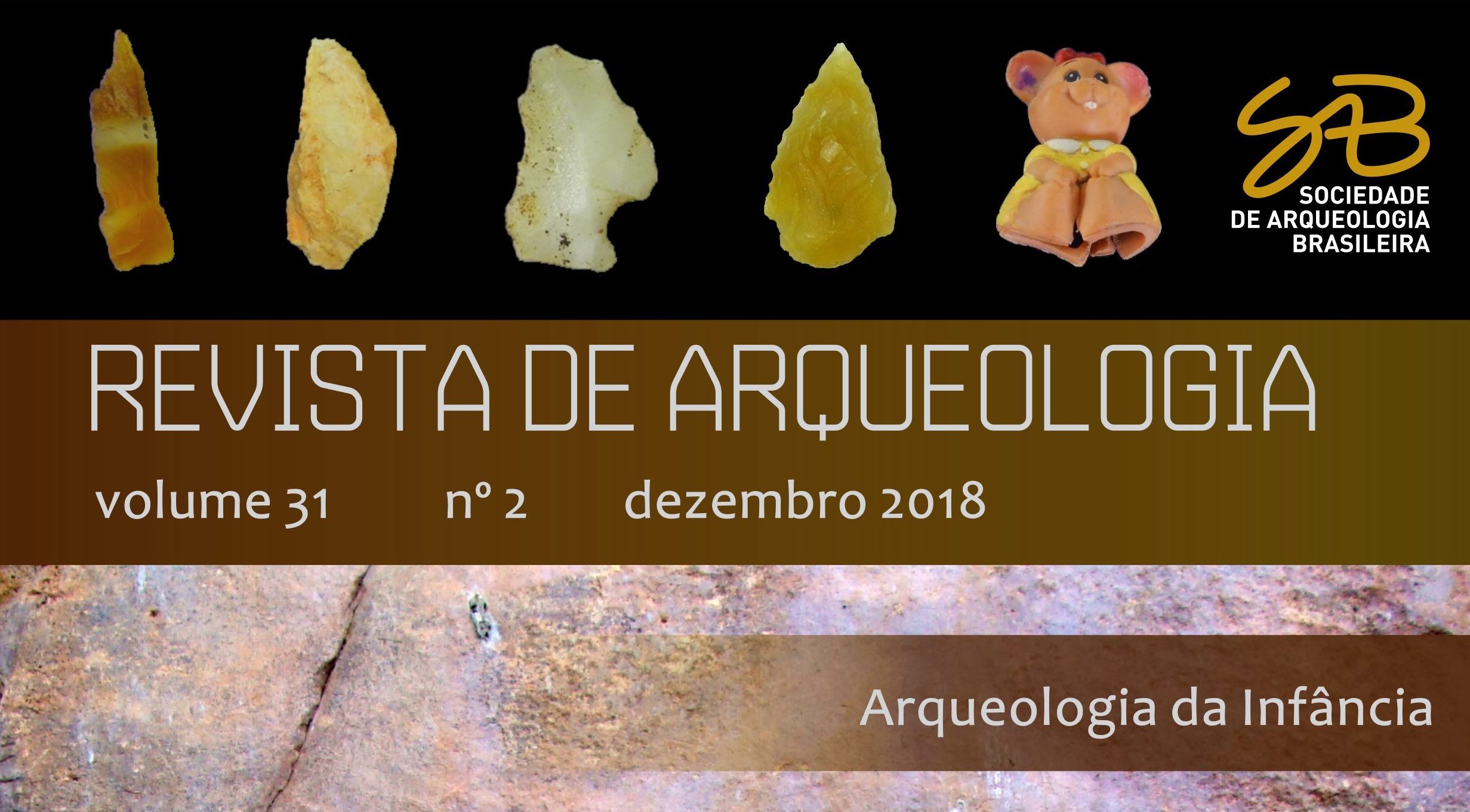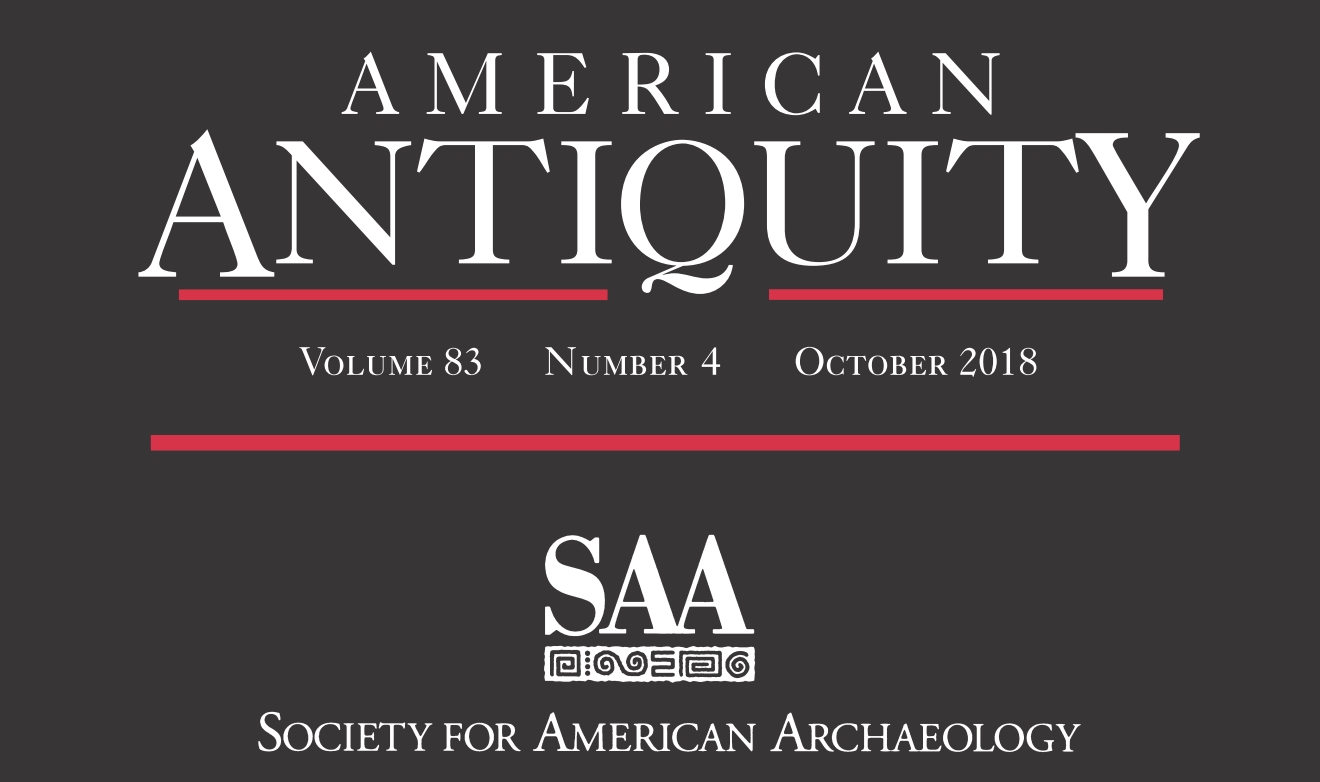

The study of lithic (stone) materials are important because they encompass the vast majority of assemblages from most small-scale populations and hunter-gatherer sites across the world.
My training in lithic analysis began when I worked in the Center for Archaeological Research (NuPArq) at the Federal University of Rio Grande do Sul (UFRGS) in May, 2005. You can check out my illustrations from a number of projects here.
In addition to my experience with the US Great Lakes, Pacific Northwest, and California lithics, I have analyzed lithic collections from Umbu hunter-gatherers and Guarani agriculturalists in southern Brazil, and Papeba agriculturalists in northeastern Brazil. To date, I have analyzed over 100,000 lithics from 17 different sites and contexts. The range and uniqueness of each site, culture, and environmental setting (forest, beach, rock-shelter, hilltop, island, and sand dune) have helped me to appreciate the variability of lithic artifacts and choices of human agents. This diversity has also necessitated my efforts to develop methodologies suitable to each context and region. My book as sole author titled Fire-Cracked Rock Analysis: A Guide to Function, Cooking and Interpretation, was published in Springer’s series Manuals in Archaeological Method, Theory and Technique.

I also analyzed ceramic cooking pots at the Chicago Field Museum. The pots are from Alfred Kroeber’s excavations at the Late Intermediate Period huaca mounds and burials, including of sacrificial child and adult and individuals, in the modern city of Lima, Peru.



